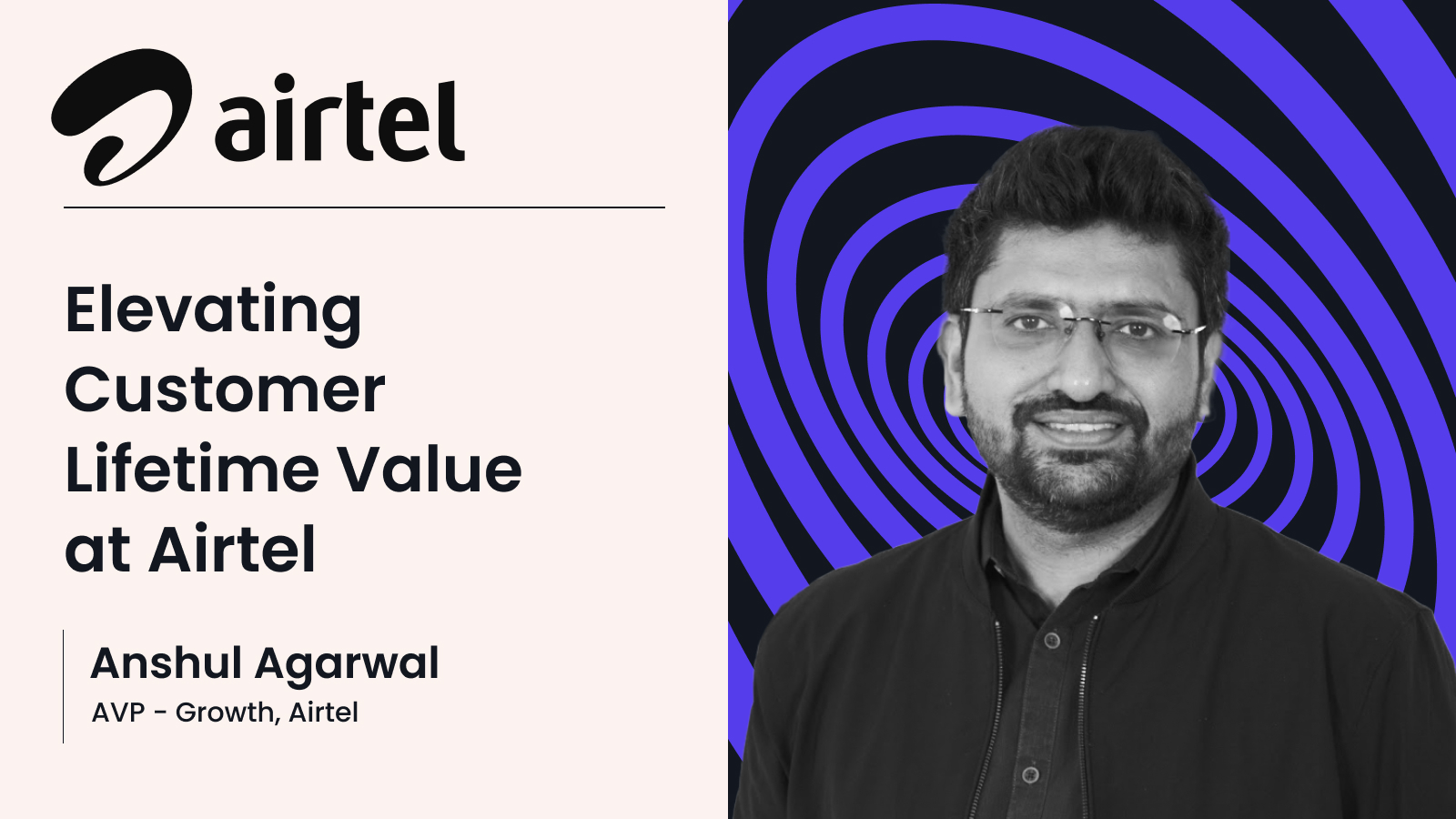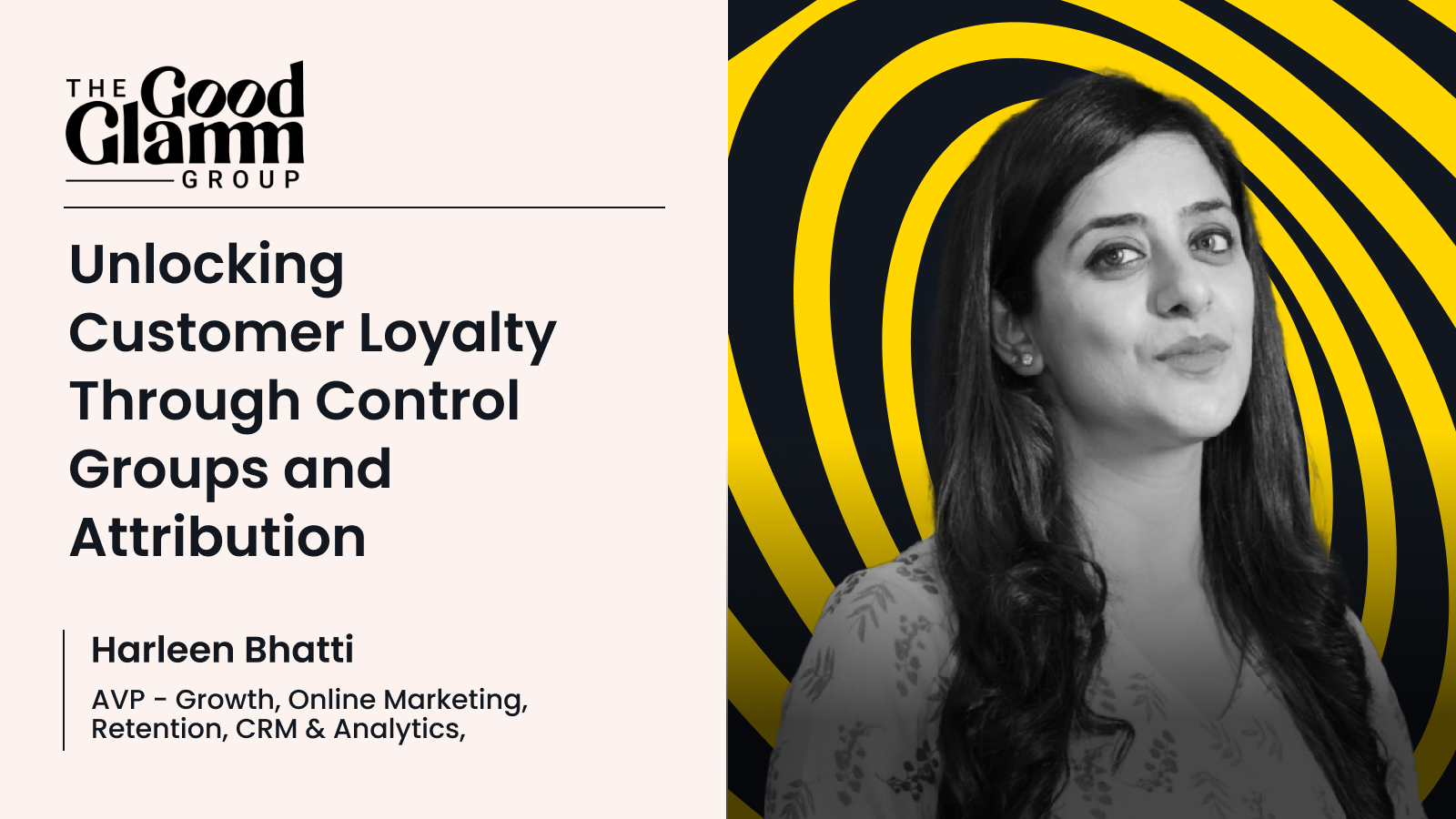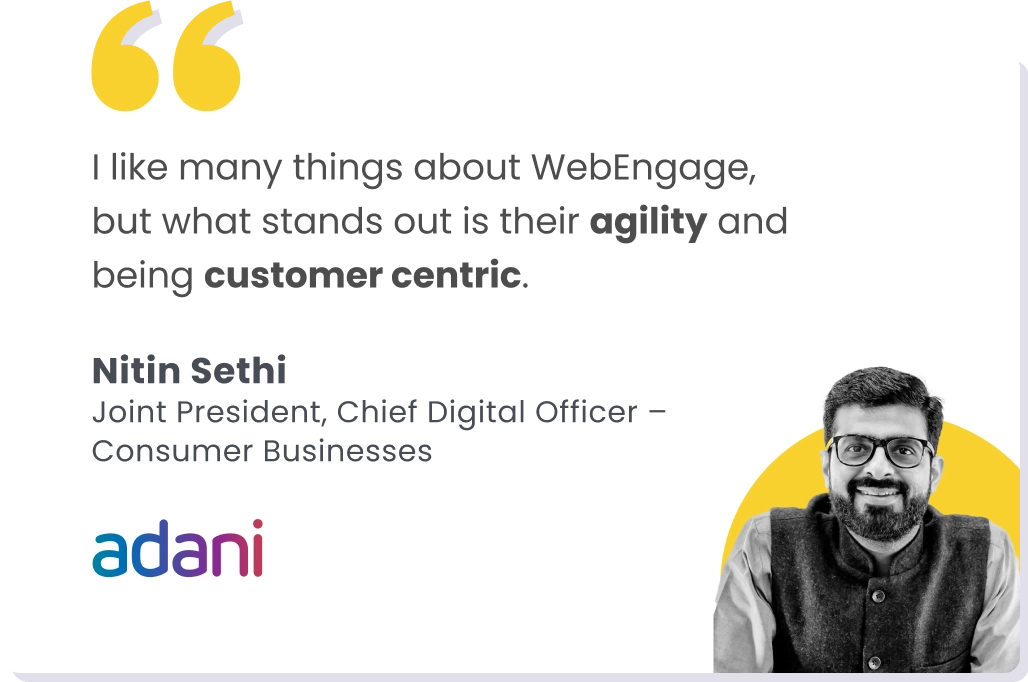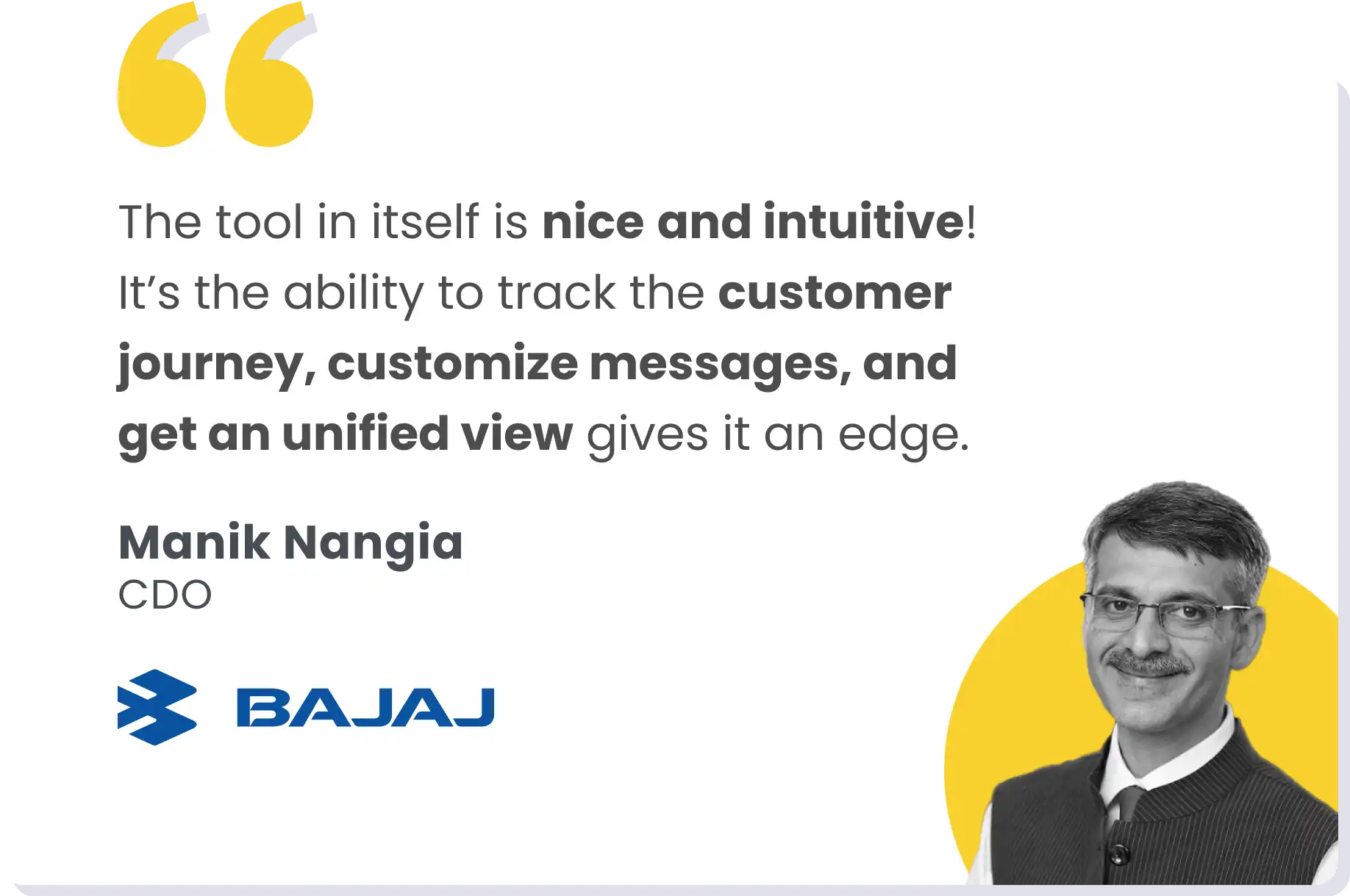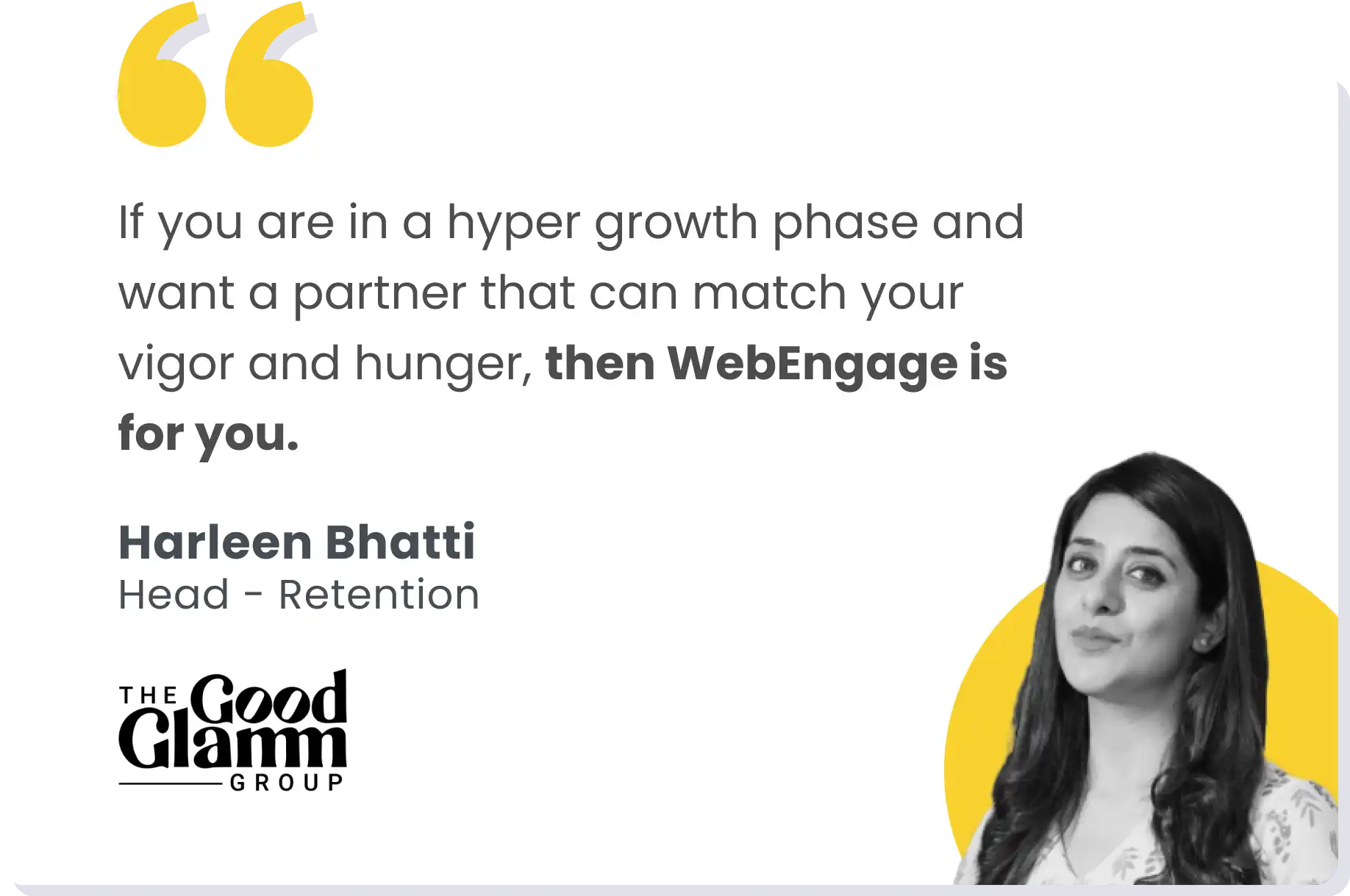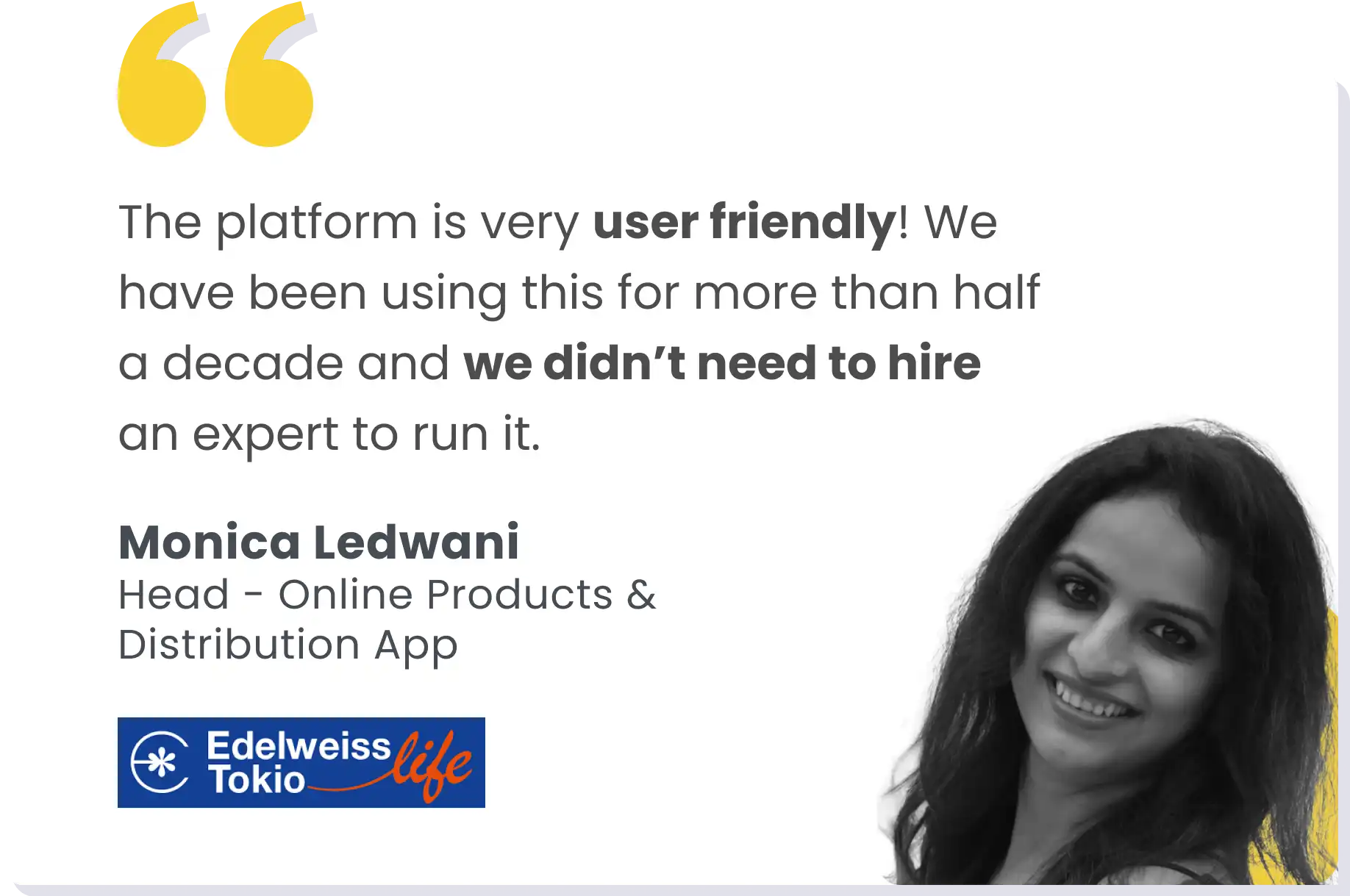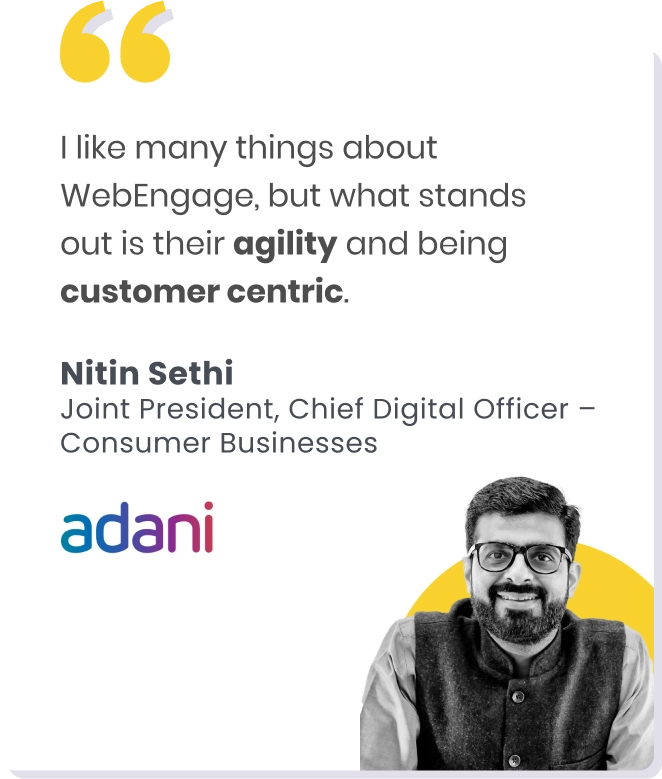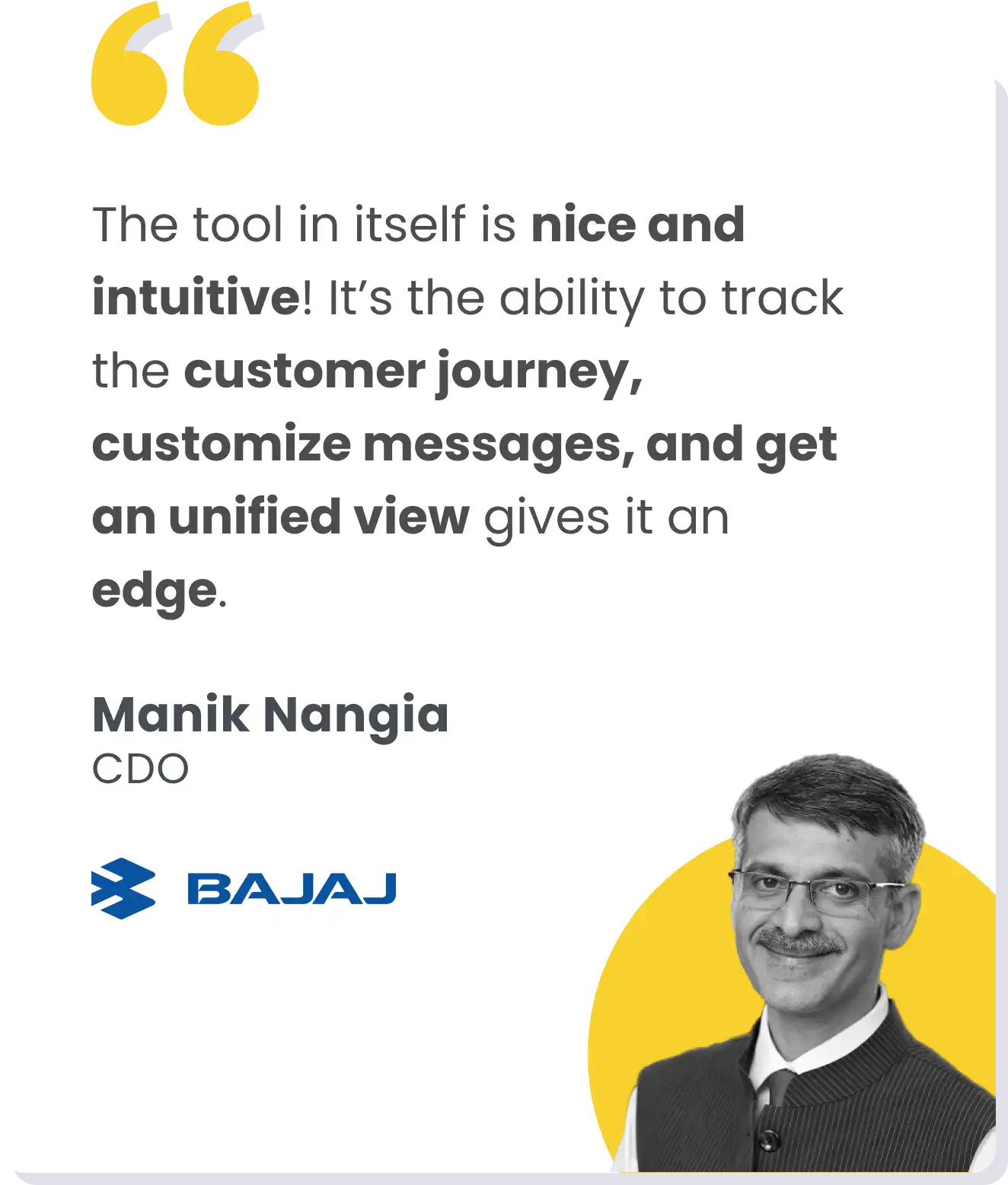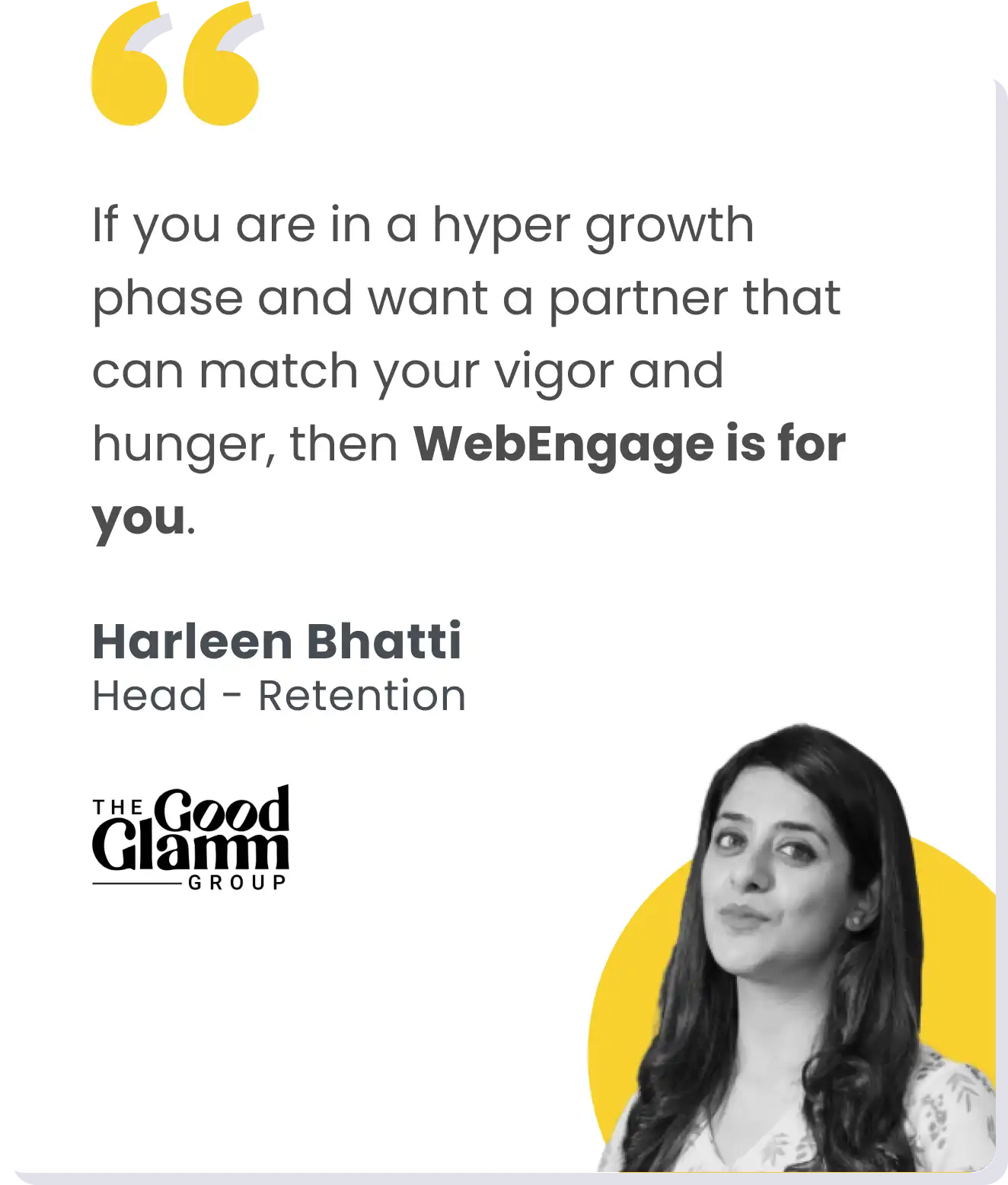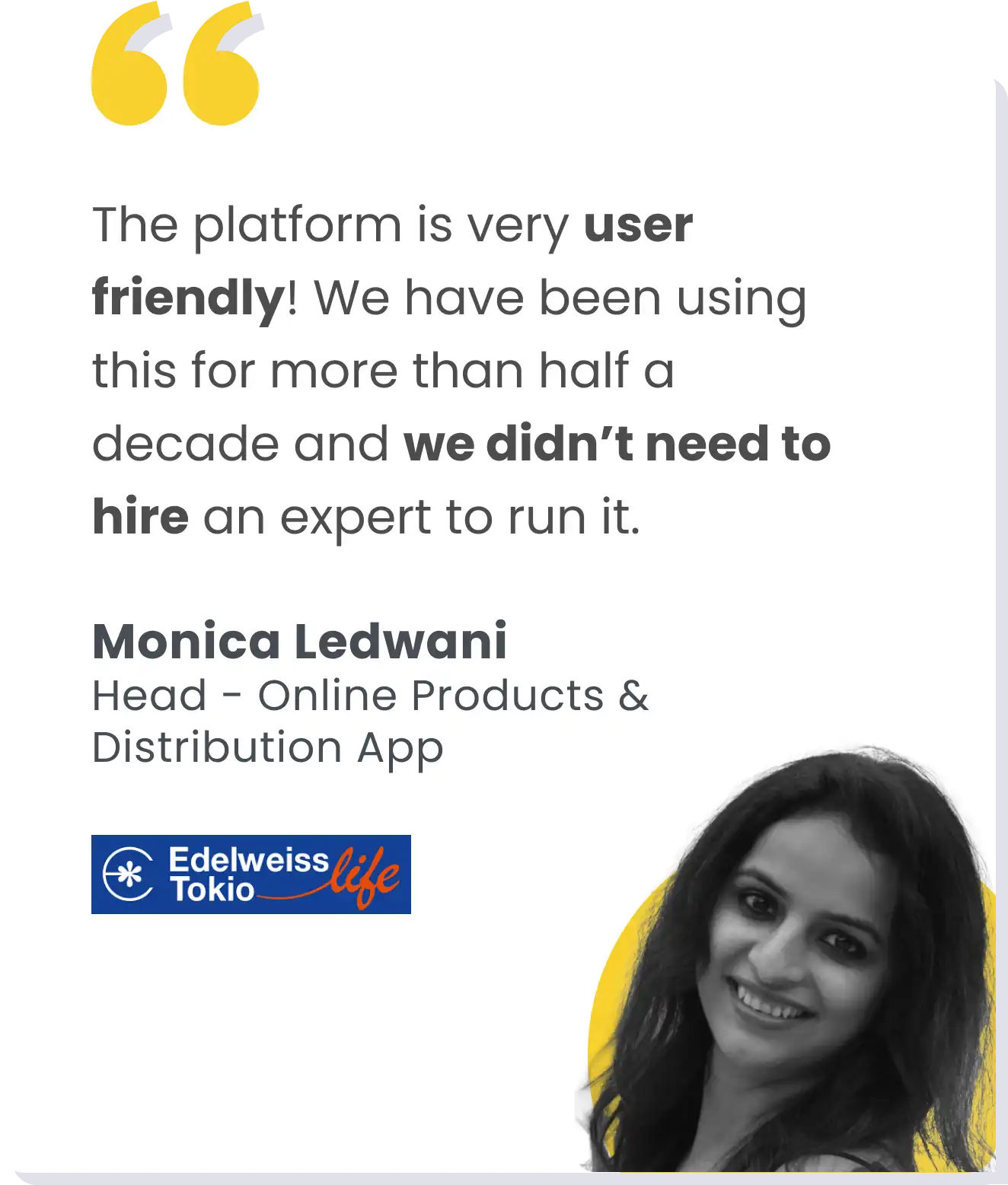Capturing and retaining customer attention is a monumental task for businesses today. In fact, a typical user receives between 400 to 600 notifications per week across 5 to 7 channels. As marketers, you are not just competing for attention; you are battling notification fatigue.
However, different consumers perceive and respond to nudges differently based on various channels. It’s not guesswork; it’s a proven theory that demands strategic omnichannel marketing strategies.
In this blog, we’ll explore the key components of effective omnichannel engagement and delve into insights about improving customer retention from my experiences at Tata Capital.
Understanding Omnichannel Engagement
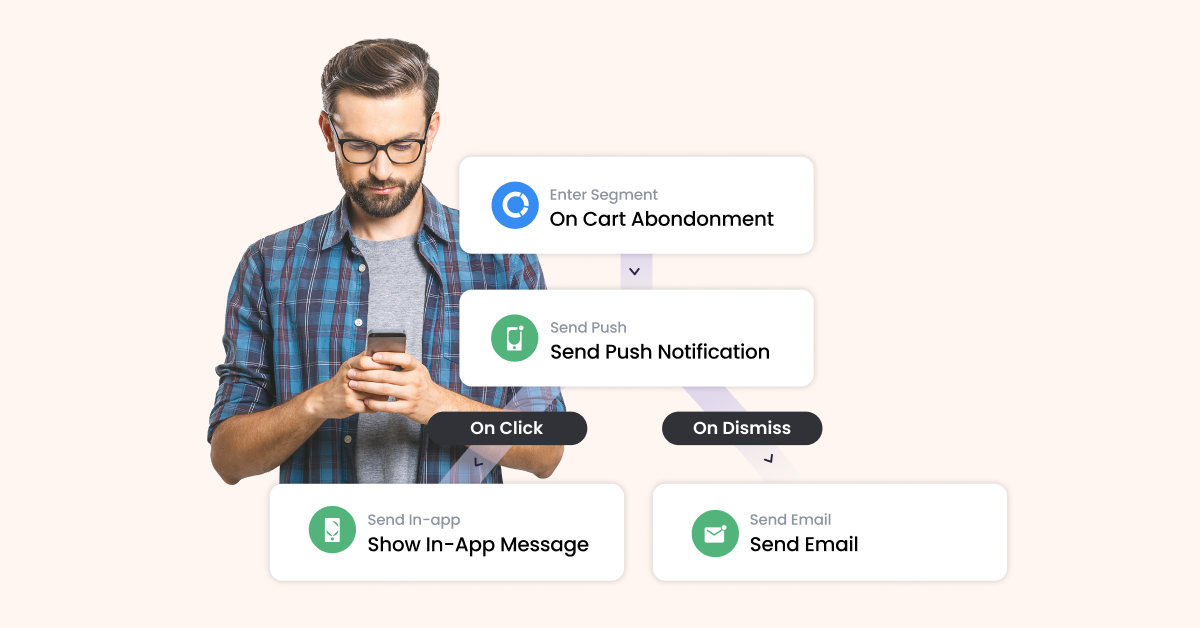
Omnichannel engagement isn’t about bombarding customers with the same message across multiple platforms. It’s about crafting a seamless, unified experience that resonates with the user, regardless of the touchpoint. Think of it as a symphony where each channel plays its part in perfect harmony, creating a cohesive customer journey through cross-channel interactions.
At Tata Capital, we’ve seen firsthand how well-orchestrated multi-channel marketing strategies can drive results. It’s not just about being present on multiple channels; it’s about being present at the right time, with the right message, on the right channel. This approach has helped us move beyond traditional customer lifecycle management to real-time, contextual interactions that drive engagement and conversions.
Key Components of Effective Omnichannel Engagement
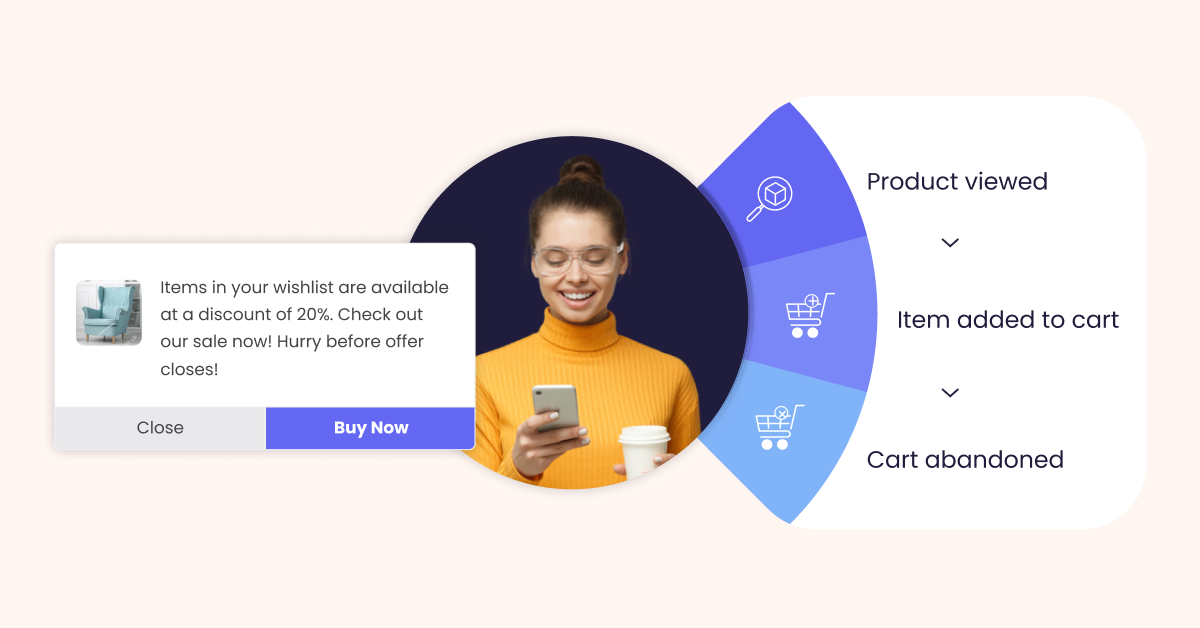
To build a robust omnichannel strategy, you need to have your fundamentals in place.
Let’s break it down:
- Data Structure and User Attributes: Your strategy is only as good as your data. At Tata Capital, we focus on capturing user attributes, event attributes, and custom data throughout the customer journey. This rich data set forms the foundation of our personalization efforts.
- Triggers and Event-Based Communication: Real-time triggers are the secret sauce of effective engagement. Whether it’s a user abandoning a cart or showing interest in a new product, these events should spark immediate, relevant communication.
- Channel Selection and Orchestration: Each channel has its strengths. For instance, we’ve seen that push notifications can yield infinite Return on Ad Spend (ROAS) due to zero channel costs, but their effectiveness hinges on relevance and timing. SMS might have a higher cost but can show impressive conversion rates when used strategically.
- Content Personalization and Relevance: Generic messages don’t cut it anymore. We’ve found success in hyper-personalization, tailoring offers based on user behavior and preferences. For example, when a user interacts with our EMI calculator, we follow up with a personalized pop-up on the homepage, showcasing relevant loan offers.
- Testing and Optimization: Never assume; always test. We constantly run A/B tests on everything from message timing to content variations. This iterative process has led to significant improvements in our conversion rates and overall CX optimization.
Transform your customer retention with WebEngage’s omnichannel marketing tools
Omnichannel Engagement Strategies for Improving Retention
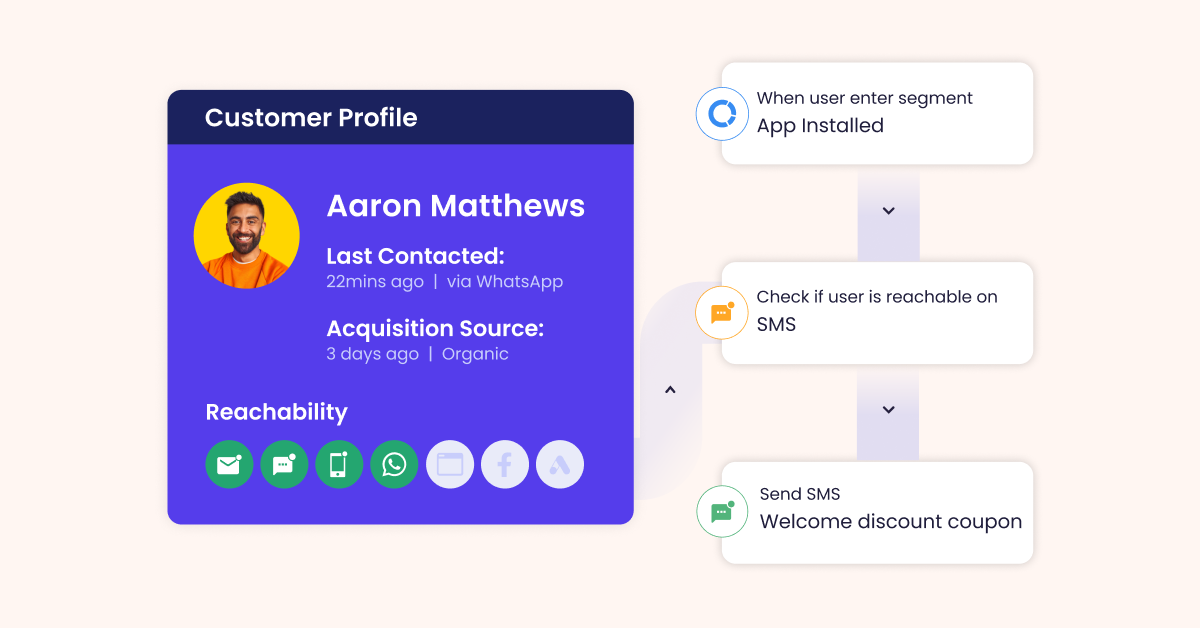
Now, let’s dive into some concrete omnichannel marketing strategies that can drive customer retention for your brand.
1. Leverage RFM Analysis
Recency, Frequency, and Monetary value analysis helps us segment our users effectively. For instance, in our investing app, we define recency as the time since the last transaction, frequency as the number of transactions, and monetary value as the total transaction amount. This segmentation allows us to tailor our communication strategy for each group.
2. Real-Time Interventions
We’ve implemented real-time nudges based on user behavior. For example, when we notice a user hovering near the bottom right corner of our website (often indicating they’re looking for help), we proactively offer assistance through a chatbot or customer service option.
3. Optimize Communication Timing
Through rigorous testing, we’ve optimized our communication cadence. In one case, we shifted our SMS follow-ups from 2 hours post-registration to just 5 minutes, resulting in a significant uplift in conversions.
4. Balance Channel Effectiveness with Cost
It is very important to closely monitor the ROAS for each of your channels. For instance, while WhatsApp showed high engagement, its cost was affecting overall ROAS. By refining our targeting to focus on high-converting segments, we improved our WhatsApp ROAS from 2.85 to 5.71.
5. Create Contextual Engagement
Creating needs rather than just catering to existing problems can go a long way. For example, when our users were reading World Cup-related content on our blog, we nudged them with travel loan offers to watch the matches live – creating a need they might not have considered before.
Boost your ROAS across channels – explore WebEngage’s omnichannel platform now
Conclusion
Mastering omnichannel engagement is not about being everywhere; it’s about being where it matters most to your customers. It’s a delicate balance of data, technology, and human insight. At Tata Capital, we’ve seen how this approach can drive not just conversions but deeper customer relationships through effective CX optimization.
Remember, the key is to keep testing, learning, and refining your approach. The way customers engage with brands is ever-evolving, and so should your omnichannel marketing strategies. By focusing on delivering value at every touchpoint and embracing cross-channel personalization, you’re not just retaining customers; you’re creating your own brand advocates.





